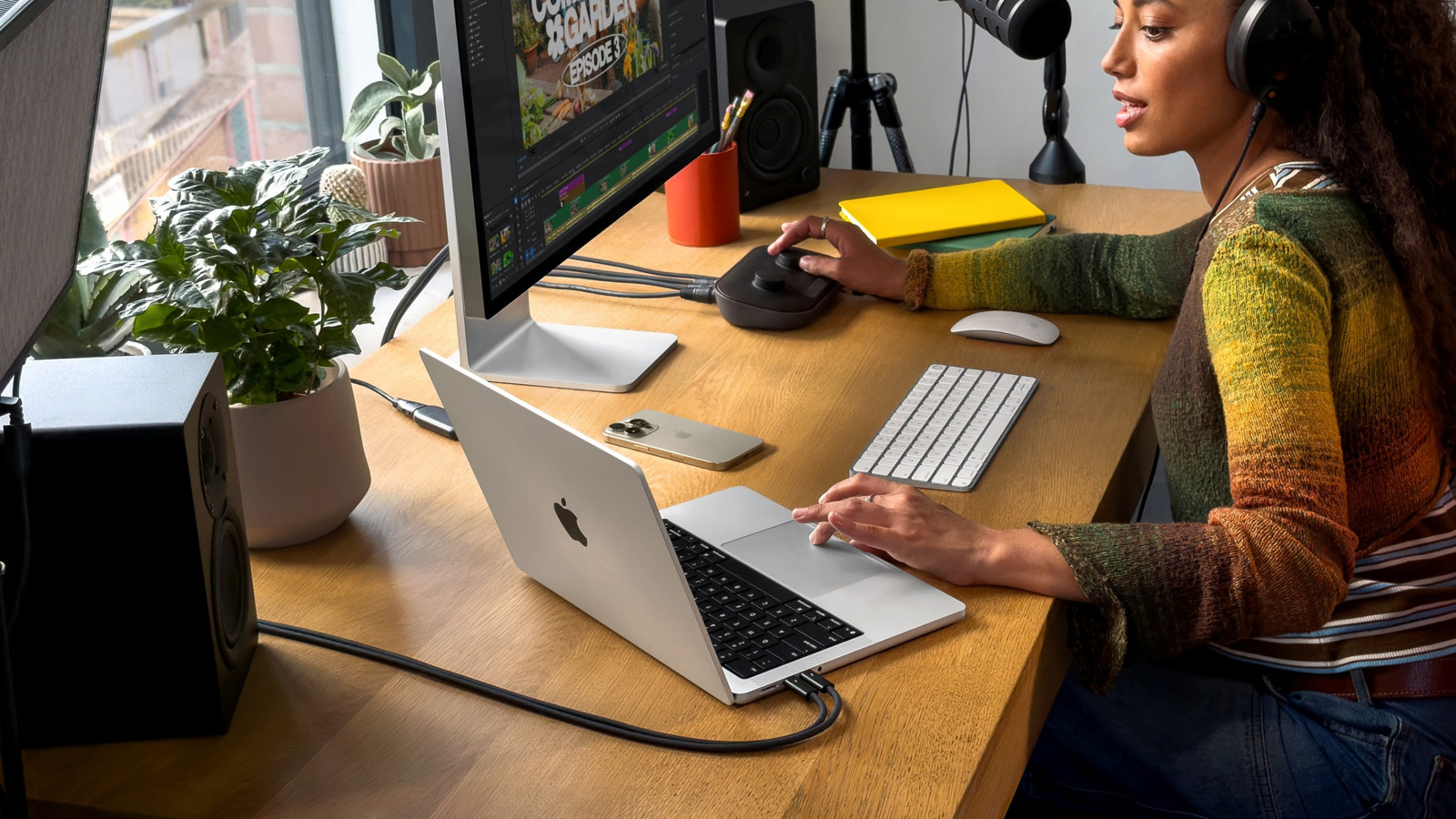Rita El Khoury / Android Authority
TL;DR
- Users have been reporting issues with wireless charging on the Pixel 10 series phones when using older Qi pads and power banks.
- We have verified these claims, with intermittent charging, random stops, and extremely slow speeds.
- I also tested a bunch of 7.5W, 10W, 15W, and newer Qi and Qi2 chargers with the Pixel 9 and 10 series to find out which ones are the most problematic.
With the Google Pixel 10 series, Google went all in on Qi2 wireless charging, embedding a MagSafe-like Pixelsnap magnetic connection. All Pixel 10 phones support Qi2 at 15W, but the Pixel 10 Pro XL takes it one step further with support for Qi2 25W wireless charging. This upgrade sounds great on paper, but it has left users of older Qi chargers scratching their heads in confusion and frustration, and I’m one of them.
Are you noticing any issues with wireless charging on your Google Pixel 10 series phone?
281 votes
As it turns out, Pixel 10 users have been complaining that their phones are not charging properly with chargers that aren’t Qi2 or Qi2 25W-certified. When used with a Pixel 10 series phone, existing Qi 1.x chargers appear to top out at 5W, often really pulling nothing more than 3W, which is significantly slower than those chargers’ advertised 10W-15W power output. For comparison, older Pixels, such as the Pixel 9 series, can charge up to 12W with Qi-certified EPP chargers. So, the same Qi charger can provide faster charging on the Pixel 9 but slower charging on the Pixel 10 series!
There have been plenty of reports of this unusual behavior on the internet. Reddit user IceAcolyte tested a variety of wireless chargers, and most non-Qi2 chargers operated at a range of 3W to 5W, with many overheating the phone and cutting off charging randomly after a short period.
My colleague Zach has noticed a similar issue with his Pixel 10 Pro and the Samsung Wireless Charger Duo, which should be capable of delivering up to 15W of charging to his phone, except that the Pixel 10 Pro only slow-charges at 5W when it’s placed on it. He even noticed that the pad would stop charging completely after a few minutes. Just like some Redditors, Zach’s experience improved over the November update, but he’s still seeing random messages of failed charging, extremely slow charging times (more than eight hours, like in the middle screenshot below!), and overall inconsistency.
With all that inconsistent reporting in mind, I decided to get my phones and chargers out and start testing. I have the Pixel 9 Pro, 9 Pro XL, 10 Pro, and 10 Pro XL, as well as a bunch of older Qi charging pads and power banks, plus some newer Qi2 and Qi2.2 charging pads and power banks. Even though it’s not 100% reliable, I used the third-party app Inware to get a general idea of the charging power drawn by the phones. On the newer Pixel 10 series, I also used the new Settings > Device health and support > Charging diagnostics menu that shows the theoretical full power coming from the charger.

Rita El Khoury / Android Authority
The results can be found in this spreadsheet (warning: Google Drive link) or in the screenshot above. Here are the most important tidbits:
- Pixel 10 Pro (on late October update, then November update — nothing changed between the two versions):
- Oldest chargers: Anker 622 and 633 Qi 7.5W power banks:
- Theoretical draw max via Charging Diagnostics: 5W
- Real power in Inware: ~3.7W
- Old chargers: SwanScout 710G2 Qi 10W and Baseus MagSafe 15W power bank:
- Theoretical draw max via Charging Diagnostics: 5W
- Real power in Inware: ~3.6W
- New charger: Baseus PicoGo Qi2 15W power bank:
- Theoretical draw max via Charging Diagnostics: 15W
- Real power in Inware: ~12W
- Newest chargers: UGREEN MagFlow Qi2.2 25W power bank, charging pad, and 3-in-1 charger:
- Theoretical draw max via Charging Diagnostics: 15W* (remember: the Pixel 10 Pro tops at Qi2 15W, even if the charger can deliver more)
- Real power in Inware: ~12W
- Oldest chargers: Anker 622 and 633 Qi 7.5W power banks:
Most of this was practically the same for the Pixel 10 Pro XL on the November update, save for the fact that the larger Pixel can utilize the full power of the Qi2.2 UGREEN chargers. It showed me a theoretical 30W power draw, though I saw real numbers of around 17-20W in Inware.
Those tests prove a significant discrepancy when using older Qi 1.x power banks and charging pads with the Pixel 10 series phones, specifically on the 10W and 15W SwanScout and Baseus models. As seen in the red cells on the spreadsheet, both the Pixel 10 Pro and 10 Pro XL aren’t able to eek out the maximum power from them, settling at a maximum theoretical draw of 5W, and in reality, rarely going over 4W.
This wasn’t the case with the Pixel 9 Pro and 9 Pro XL phones, which were able to go over 5W and draw around 8-9W of power from the same chargers, as seen in the blue cells on the spreadsheet.
So something happened between the Pixel 9 series and Pixel 10 series, where Google’s implementation of the official Qi2 spec broke previously existing compatibility with the old, more powerful 10W and 15W Qi 1.x-certified wireless chargers. The Pixel 9 series can draw more than 5W of power from these, thus charging faster and more efficiently, whereas the Pixel 10 series can’t and tops at 5W, which is very slow.
So what does this even mean?
- If you have a Google Pixel 10 series phone, do not buy a cheaper Qi 1.x charger thinking you’ll get the advertised 10-15W of power.
- If you already have such a charger and don’t want to pay for an upgrade, keep in mind that your phone will top at 5W max, charging very slowly. This might be fine if you’re only charging overnight and don’t mind the slow speeds. However, depending on the charger, you might also face some failed charges and intermittent top-ups with extremely slow speeds sometimes.
- If you have the budget and want a faster and more efficient wireless charge, buy a newer Qi2 or Qi2 25W-certified charger. You should get the advertised 15W+ of power from these. I’ve added some links below, but there are other options out there.
Don’t want to miss the best from Android Authority?


Thank you for being part of our community. Read our Comment Policy before posting.









